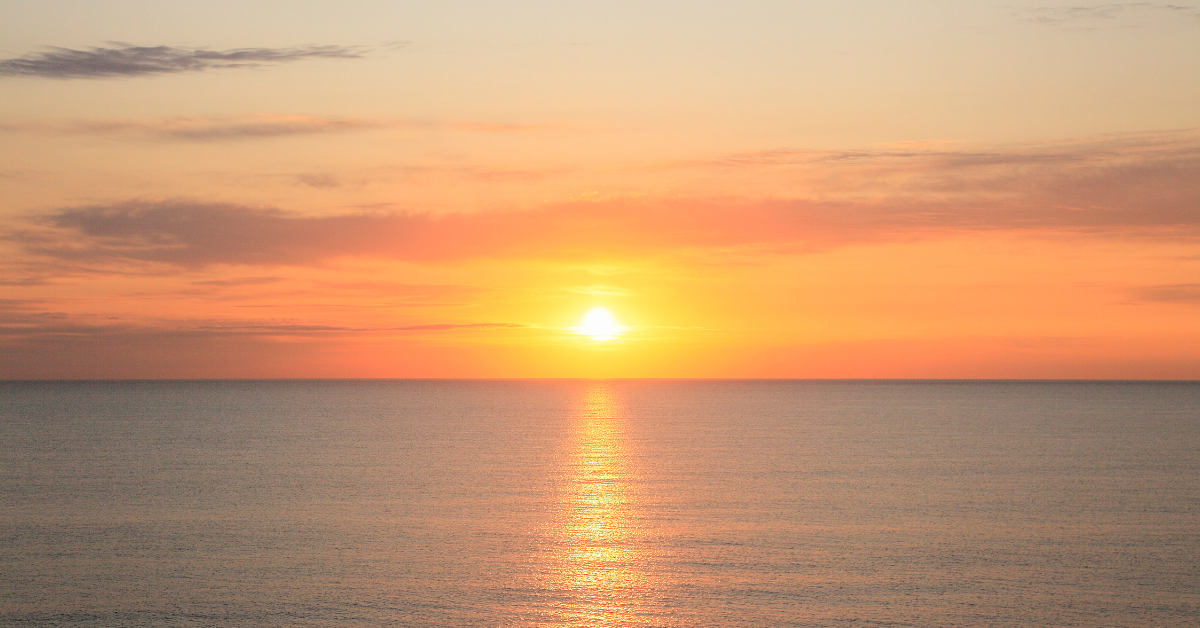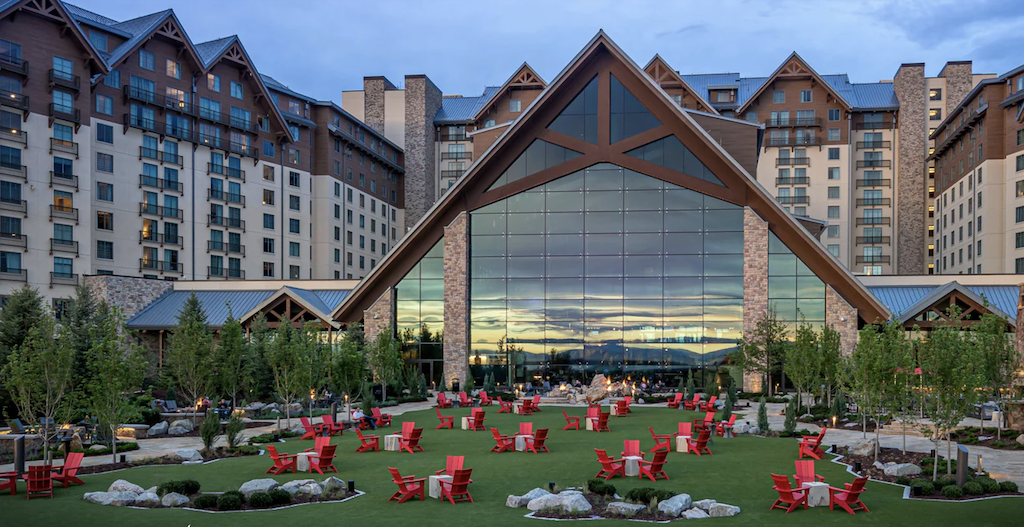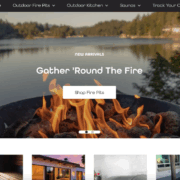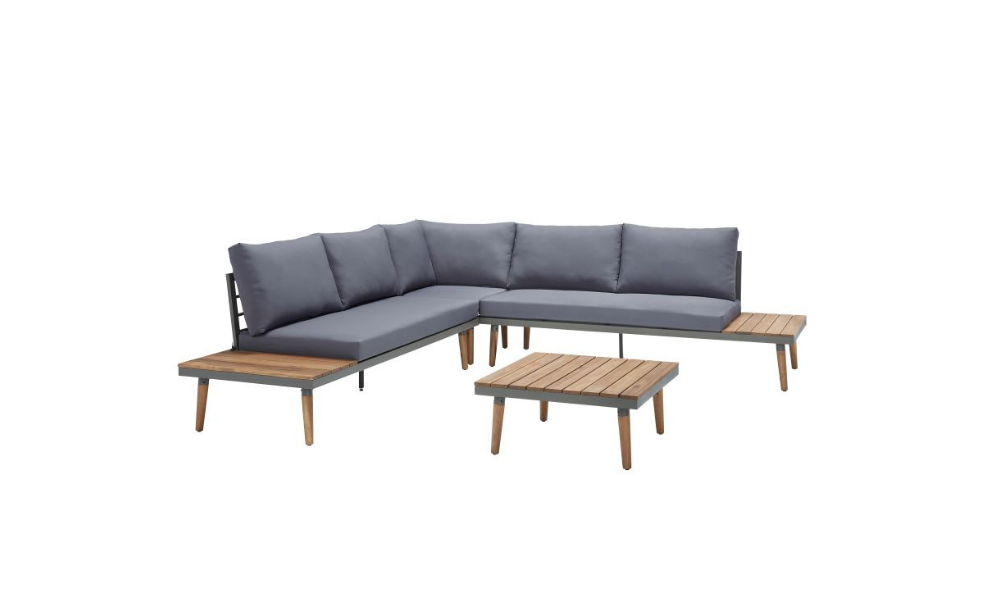New research released by CGTrader ARsenal shows that 3D virtual photography is now “the most cost-effective means of creating a substantial product image bank for retail businesses,” according to a release from the company.
They go on to say that the global average price of $11,076 for five furniture product photography images is now on average six times the market rate for the same number of images shot with 3D photography.
“The knock-on effect of the COVID-19 pandemic on the global supply chains, namely the cost of shipping and transportation, in the last eighteen months has magnified the cost of traditional photoshoots, putting even more pressure on retail margins,” the release says.
Although prices vary internationally, New York is the most expensive place to conduct a photoshoot—averaging $17,952—while in Montreal, the price drops right down to just $6,178. The lowest photoshoot price CGTrader found is $2,000.
The company conducted this research by gathering data from more than 100 photo studios and photographers, in 17 cities across 11 countries, from Belgium to Australia, the UK to the U.S.
They requested quotes for imagery of five key furniture products—a table, armchair, sofa, vase, and floor lamp —with five product shots with a white background and one lifestyle scene required for each item, amounting to 30 visuals in total. These figures were then compared against the price of producing an identical set of images via virtual photography.
| City | Average per photoshoot US$ | X times difference* |
| New York | $17,952 | 9x |
| LA | $15,322 | 8x |
| Copenhagen | $15,023 | 8x |
| Toronto | $13,676 | 7x |
| Calgary | $13,004 | 7x |
| London | $11,525 | 6x |
| Antwerp | $10,933 | 5x |
| Sydney | $10,805 | 5x |
| Paris | $10,703 | 5x |
| Wellington | $10,427 | 5x |
| Ottawa | $10,060 | 5x |
| Madrid | $9,076 | 5x |
| Milan | $8,800 | 4x |
| Washington | $8,525 | 4x |
| Brussels | $8,319 | 4x |
| Berlin | $7,965 | 4x |
| Montreal | $6,178 | 3x |
*compared to 3D virtual photography
The company also explained why virtual photography is less expensive, narrowing it down to four key factors:
- A traditional photography shoot requires more resources. Beyond the photographer and studio, which only account for 40% of costs, you have stylists, lighting, and props to account for. With virtual photography, the only costs are for the digital artist creating the imagery.
- Photography also requires the transportation of goods. And this can prove surprisingly expensive, especially when large items—such as furniture—are involved. Digital artists do not need to have physical samples of the goods they’re working with to produce accurate 3D renders, just a couple of reference images. They can get to work even before the products are manufactured and help retailers accelerate their time-to-market.
- The total cost of traditional photography largely depends on the studio’s location. Prices for studio rent, equipment and talent differ from country to country, whereas with virtual photography prices are fixed and can therefore allow for better budget planning as well as bring more savings in the long-term.
- Traditional photographs cannot be changed post-shoot. Each photoshoot delivers a limited number of product visuals that can hardly be altered after the shoot is over. Businesses have no choice but to keep investing in product photoshoots to generate visuals, especially when they have multiple variations of products. The investment in virtual photography, on the other hand, is quickly rewarded, as companies can easily update colors, textures and materials within 3D models to create new visuals at a fraction of the cost. Created once, 3D models can be reused forever.
Customer behavior has been completely changed by the effects of the COVID-19 pandemic, with shoppers pivoting towards online retail for all of their purchases. Speaking about these shifts, Dalia Lasaite, CEO and Co-Founder at CGTrader explains:
“Good quality images and interactive shopping experiences are increasingly important for online businesses,” she says. “With most customers expecting to view at least eight images of a product before making a purchase, it can be difficult and expensive for brands to deliver the experience shoppers require while balancing the cost-effectiveness of product photography.
“Because 3D product photography can be conducted by a single artist, without the need for physical products to be on-site, production fees will always be lower. That’s before you’ve factored in the ability to digitally change integral features of products—color, angle, setting—without the complete reshoot that traditional photography would require. What’s more, the same 3D models can be used for creating WebAR experiences for eCommerce—which, all in all, offers significant savings.”
For all of the findings, click here.








